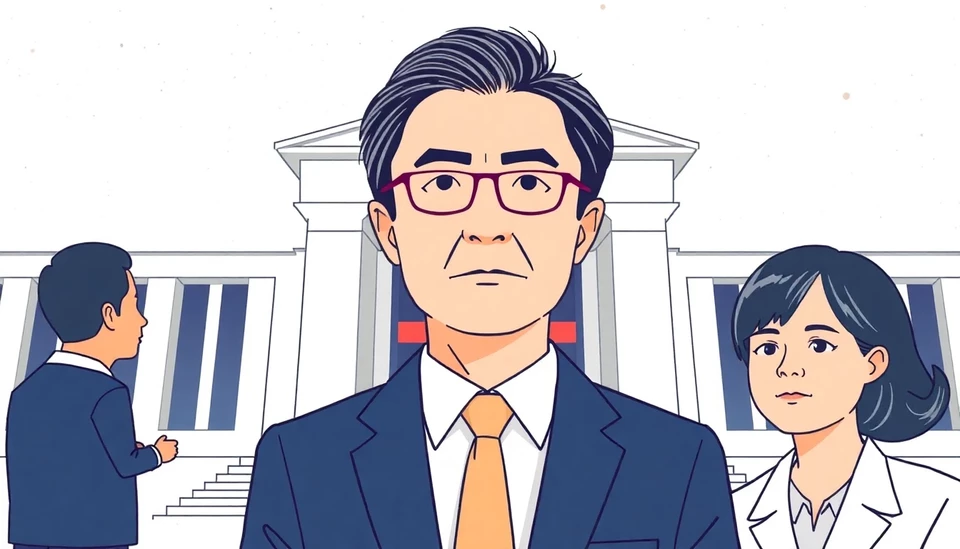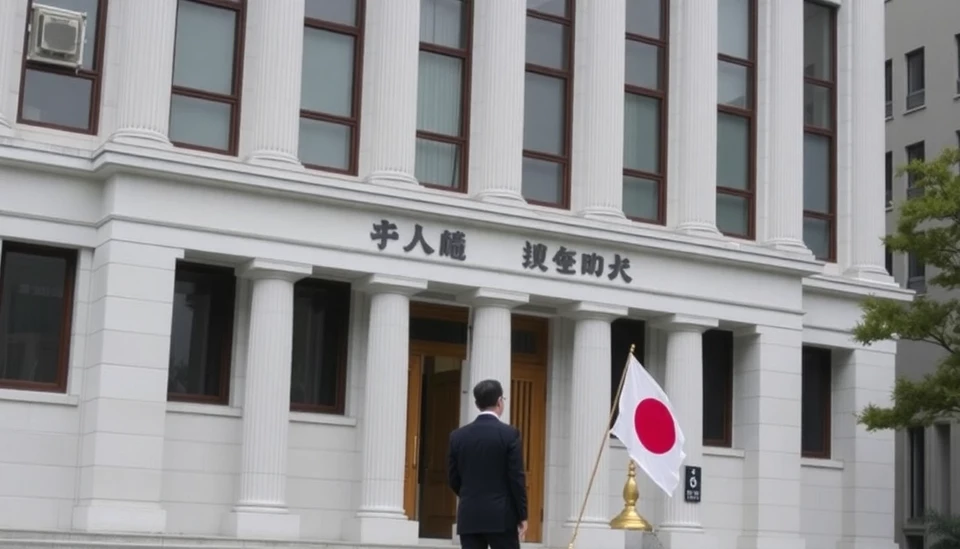
On January 24, 2025, the Bank of Japan (BoJ) announced its latest monetary policy decision during a highly anticipated meeting that sent ripples through the financial markets. As the BoJ navigates the complexities of a post-pandemic economy, this decision is crucial for shaping Japan's economic trajectory and signaling its approach amidst global economic uncertainties.
In a remarkable turn of events, the BoJ decided to maintain its interest rates at a historically low level while continuing its asset purchasing program. This decision reflects the central bank's commitment to supporting the economic recovery and ensuring price stability in the face of ongoing challenges, including fluctuating inflation rates and increased external pressures.
Analysts had widely speculated whether the BoJ would adopt a more hawkish stance, given the recent trends in global inflation and the pressure on central banks worldwide to tighten monetary policies. However, the BoJ’s decision to hold rates indicates its confidence in Japan’s economic resilience despite global headwinds.
The central bank highlighted that inflation remains a key concern. Recent data showed signs of rising prices, but the BoJ emphasized that the upward trend is not yet firmly established. Consequently, they asserted that further monetary easing is necessary to anchor inflation expectations and stimulate economic growth. The Bank's strategy hinges on fostering a sustainable inflation rate of around 2%, a goal that has proven elusive in the past.
Additionally, the BoJ reaffirmed its commitment to its yield curve control program, which aims to achieve a stable interest rate environment. This involves maintaining the 10-year government bond yield at around 0%, ensuring that borrowing costs remain low for businesses and consumers alike, which is crucial for fueling economic activity.
The reaction from the market was immediate, with the Japanese yen depreciating against major currencies. Investors interpreted the BoJ's decision as a signal that monetary policy would remain accommodative for the foreseeable future. Stock markets also reacted positively, buoyed by the prospect of continued support for economic growth.
Another point of interest from the meeting was the BoJ’s acknowledgment of the need for flexibility in its monetary policy tools. The concept of adaptability was a recurring theme, suggesting the central bank is prepared to reevaluate its strategies in response to changing economic conditions both domestically and globally.
Ultimately, this decision marks a pivotal moment for the Bank of Japan as it seeks to balance stimulating growth while addressing inflation concerns. Economists and investors will be watching closely for any signals of change in the BoJ's stance in upcoming meetings, particularly as global economic dynamics continue to evolve.
As Japan moves forward, the insights from this monetary policy decision will undoubtedly play a significant role in shaping both the domestic and international economic landscape for the foreseeable future.
In conclusion, the BoJ remains steadfast in its approach, prioritizing economic recovery and price stability as it navigates the post-pandemic era.
#BankOfJapan #MonetaryPolicy #InterestRates #JapanEconomy #Inflation #YieldCurveControl #FinancialMarkets #CentralBank
Author: Laura Mitchell




